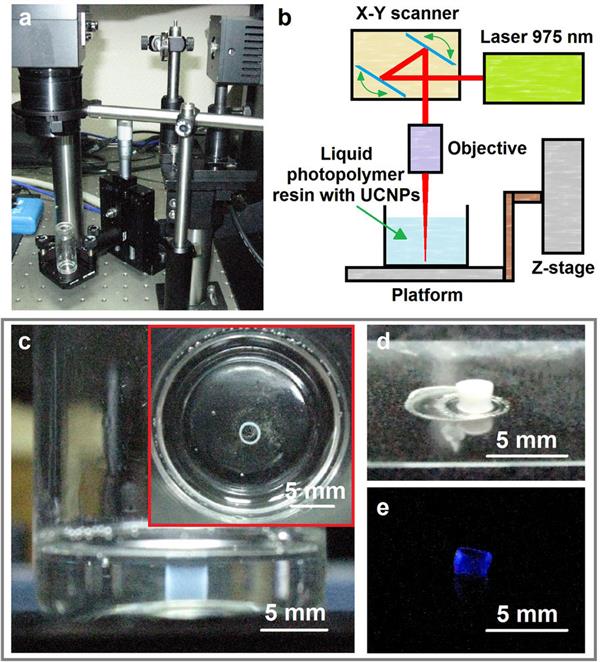Researchers from the Russian Academy of Sciences’ Crystallography & Phonetics Scientific Research Center have developed a nanoparticle-based 3D printing method that is considerably faster and more accurate than traditional 3D printing technologies.
Physicists from the Russian Academy of Sciences Crystallography & Phonetics Scientific Research Center have recently developed special nanoparticles that are able bond into complex patterns. The process uses an ultraviolet beam to drive the particles to link up in chains. These nanoparticles could potentially speed up the printing of 3D structures regardless of shape or size.
Recently published in the academic journal Scientific Reports, co-author Kirill Khaydukov explained that the process could be used for biomedical applications. Indeed, tissue engineering would greatly benefit from speedier and more accurate 3D printing solutions.
“This idea can be used for biomedical purposes, including tissue engineering, and replacing damaged parts of organs and tissue with the help of various polymer materials. We expect that our technology will allow us to create designs with the right sizes and properties inside living tissue to repair damage,” said Khaydukov.

Nanoparticle technologies address multiple issues
Despite the fact that advances in additive manufacturing continue to make great strides, low resolution and slow operational speeds continue to be core problems that hinder the growth of 3D printing technology. These issues stem from the commonly used layer-by-layer printing technique, which takes longer than the ultraviolet beam-driven method developed by the Russian physicists.
The nanoparticle method devised by Khaydukov and his team aims to overcome these pitfalls, and could eventually lead to the creation of a high-grade biomedical 3D printer.
Additionally, the scientists have also addressed the problem of shallow penetration of UV light into building materials. By using nanoparticles consisting of sodium, thulium ytterbium and fluorine, they were able to distribute the UV light more evenly across 3D structures, which allowed stronger bonds to form.
According to the team, the solution is compatible with all currently existing polymer materials that are commonly used in additive manufacturing. Aside from 3D printing, the innovation may also be used in 3D laser drawing technologies, micro-material processing, as well as holography.

Source: Sputnik and Scientific Reports
Website: LINK
